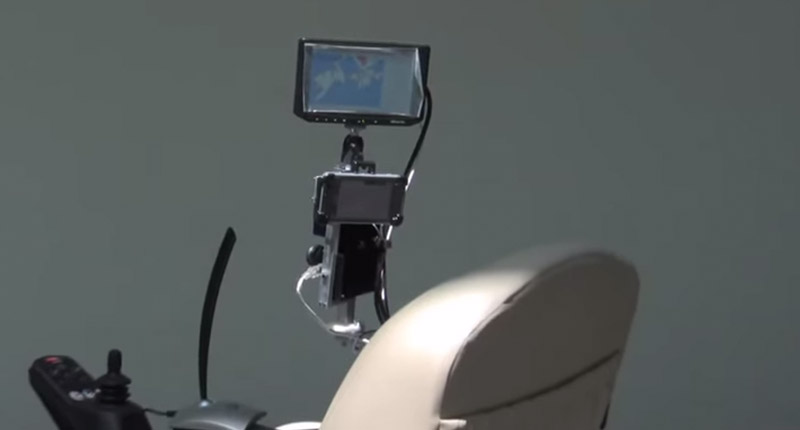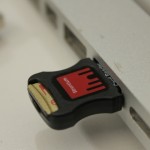Forget chatbots and robo-advisors, Absa just introduced an AI-powered digital clone of award-winning journalist Fifi Peters, and it’s rewriting the rules of what’s possible…
MIT-made robo-wheelchair the ‘Terminator’ of autonomous transportation

MIT’s voice-commandable, autonomous wheelchair is being tested at The Boston Home, “a specialized-care residence for adults with multiple sclerosis and other progressive neurological conditions.”
In development since 2005, MIT’s Intelligent Wheelchair Project is focused on drastically improving the lives of people suffering from a variety of physical disabilities that otherwise severely limit their movement. Although wheelchair technology has come far over the past few decades, providing paraplegics the ability to move their chairs using either their breath or eyes to issue commands, MIT’s wheelchair is fitted with a computer that offers a degree of intelligence that is truly pioneering.
The wheelchair’s WiFi connected onboard computer uses infrared light, sensor processing, lasers (for scanning) and can navigate its way around almost any environment autonomously. If the layout of a particular location, area, or building cannot be uploaded, the computer has an algorithm that can build maps using the information it collects about its physical environment, which it then commits to memory for future reference.
MIT’s wheelchair also responds to complex voice-commands, which the onboard computer processes to either learn from or uniquely respond to its environment. Once the layout of a particular area has been mapped, the wheelchair can then use the information to extend its range of navigating autonomously once a command has been given, such as, “Take me to the restroom.” Other benefits include providing nurses and medical staff with real-time knowledge about the whereabouts of patients. Just don’t tell Nurse Ratched (for the young ones out there, that’s a reference to Jack Nicholson’s seminal film One Flew Over the Cuckoos Nest. Look, now you don’t have to click the link).
This project is so advanced that multiple departments have been called upon to help perfect this project. Incorporating disciplines as far ranging as robotics, machine learning, speech recognition and user interface designs, the students, faculty, and researchers at MIT are deeply committed to bringing this technology to market for the benefit of individuals seeking increased freedom.
Article originally from Techgenmag


